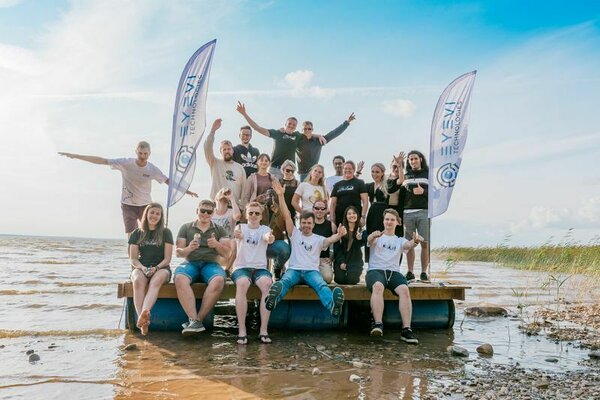Superangel, Iron Wolf Capital and Kaamos Group participate in the $2 million seed round to EyeVi
EyeVi, an Estonian startup, plans to build out tools to automate road data capture to improve maintenance and operations and expand into U.S. markets.
EyeVi’s funding round was led by ff Venture Capital, with the participation of RKKVC, Decacorn Capital, Iron Wolf Capital, Superangel, Spring Capital, Kaamos Group, and several Estonian business angels including Väino Kaldoja, the founder of AuveTech, and Taavi Rõivas, the former prime minister of Estonia.
EyeVi, an Estonian startup, plans to build out tools to automate road data capture to improve maintenance and operations and expand into U.S. markets. EyeVi provides road service surveyors, repair crews, and municipalities with computer-vision hardware and AI-driven SaaS to map and identify road infrastructure needs.
“We are developing a platform that can survey the road for about one-hundredth the cost of manual approaches today,” EyeVi CEO Gaspar Anton said. Anton conceived of the idea about a decade ago as a driver for Google Streetview. Now EyeVi, which has raised $2 million in seed funding, is extending the same concept to support road operations and maintenance.
Anton said the biggest bottleneck to improving road maintenance is overlaying data from different systems and surveyors into one comprehensive digital twinthat can help streamline planning and communications. For example, one system may collect data about the different layers inside the road, another will capture data about potholes, and a third captures data about the chemical content of the pavement. The future lies in automating the process of combining these layers into one digital platform to see how changes in traffic, weather, and different maintenance and construction practices affect road quality.
EyeVi and a bevy of competitors hope to dramatically reduce the cost of maintaining roads and the ensuing traffic jams caused by repair operations. In the U.S. alone, city, state, and federal highway authorities spent an estimated $177 billion on roads and bridges in 2017. And experts warn this doesn’t account for a backlog of about $786 billion in underfunding, exacerbated by gaps in a gas tax funding model that neglected the impacts of inflation and fuel efficiency.
More accurate and automated digital twins of roads could help close this funding gap by improving data about how variations in construction techniques road formulations translate into road quality and by prioritizing maintenance and repairs
- Read more on Venturebeat – click HERE
- About EyeVi: https://www.eyevi.tech
- About Superangel: https://www.superangel.io
- About Iron Wolf Capital: https://www.ironwolfcapital.com
- About Kaamos Group: https://kaamos.ee/start-up/?lang=en
**
Photo credit: EyeVi; https://unsplash.com/@flo_stk
